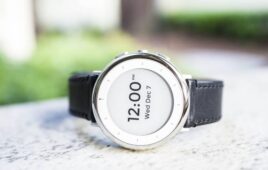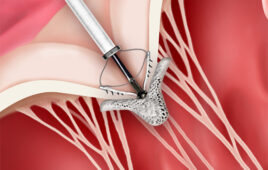Healthcare providers’ efforts to combat the rising incidence of cardiovascular disease (CVD) with early detection will help drive the global market for diagnostic cardiology devices 15 percent higher from 2012 to 2017, new research from IHS Inc. (NYSE: IHS) has forecast.
Global revenue from diagnostic cardiology devices will reach $913.2 million by 2017, up from $794.3 million in 2012, according to the report “Diagnostic Cardiology – World – 2014.”
“CVD is the leading cause of death globally, with the World Health Organization estimating that 17 million people die from the disease each year,” said Holly Ingram, IHS analyst for clinical care devices. “Of these, 3 million occur before the age of 60 that might have been prevented with early detection.”
For purposes of the report, diagnostic cardiology devices include resting electrocardiogram (ECG), stress ECG, Holter ECG, ECG management systems, remote cardiac monitoring devices and defibrillators.
According to Ingram, resting ECG devices—the most basic of the diagnostic cardiology tools—are largely driving growth in this market in the emerging regions of the world. In mature markets, such as the U.S. and Canada, efficiency concerns are increasingly spurring purchases of devices such as ECG management systems, which can process and store ECG, Holter and stress data in a cost-effective way within hospitals’ information technology (IT) systems.
“Purchasers in mature markets are looking for solutions that allow integration of devices with larger healthcare IT systems to allow staff more time with their patients,” said Ingram. Other factors encouraging the use of ECG management systems include the adoption of Meaningful Use regulations in the U.S. that require maintaining electronic medical records in all hospitals, as well as changes in reimbursement rules that withhold repayment for repeat diagnostic tests where the results of earlier tests are not available within the healthcare IT system.
According to the report, two additional technologies with the potential for future growth are remote cardiac monitoring devices and defibrillators. Remote cardiac monitoring permits off-premises recording and relay of cardiac data for later analysis and diagnosis. Publicly accessible automated external defibrillators, increasingly in use around the world, allow for quick diagnosis of an irregular heart rhythm and the administration of a shock if required.




